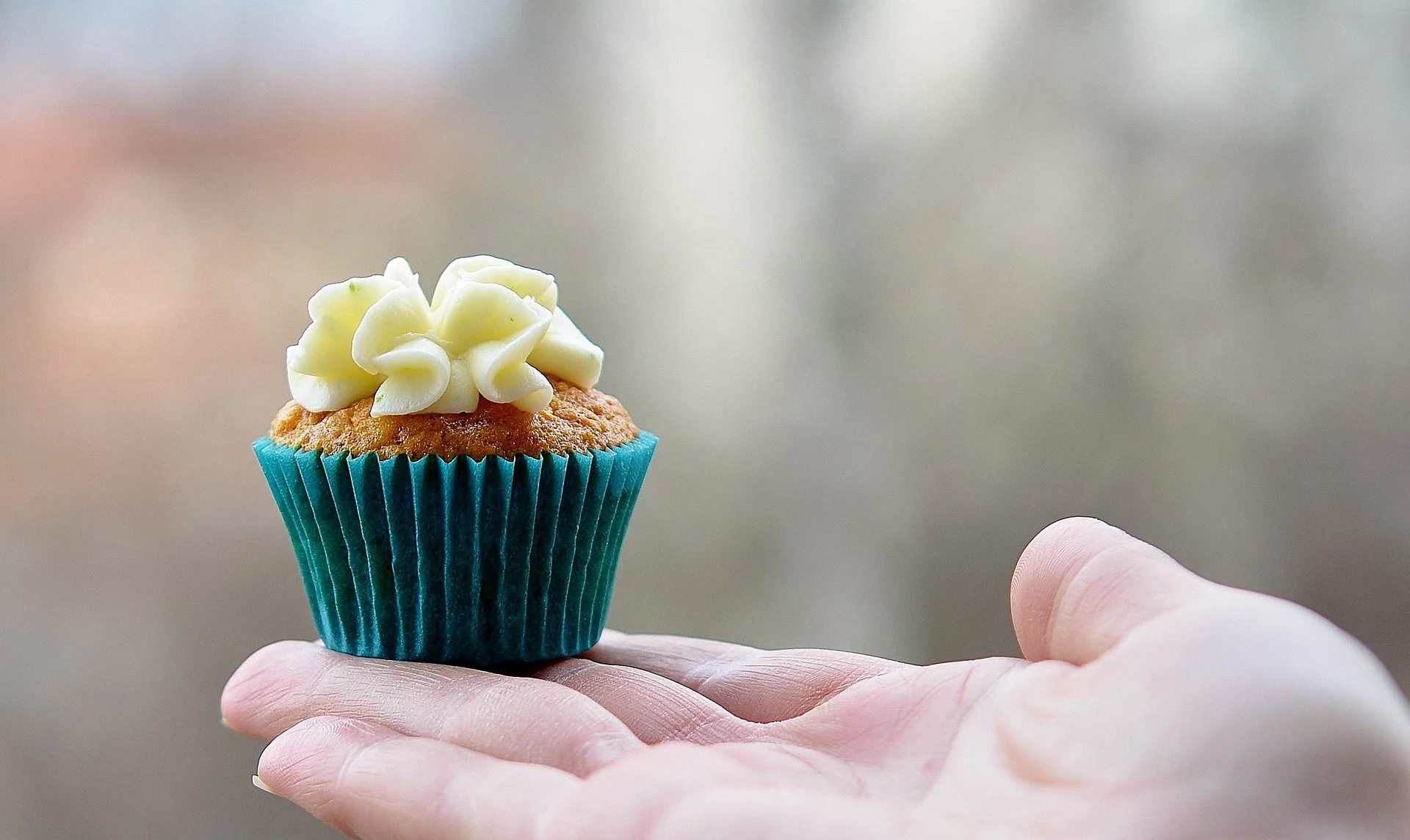Be Cool, Parents!
You know the saying "You want what you can't have." This holds true with kids and dessert. Instead of making a big deal, play it cool, and watch what happens!
While no added sugar is advised before the age of 2, once your kids are older, there will be plenty of exposure to sweets and treats!
You might be the type of parent who is ok with a little sugar now and then, you might try to hold off on sugar as much as possible, or you might even use sugar as a reward.
My advice to parents is to stop using sugar as a reward…now! This is what starts the vicious cycle of labeling foods as good and bad as adults and potentially forming restrictive behaviors. Instead, learn to normalize desserts and treats and always talk to your kids about these foods in a neutral way.
Here are 3 tips for how to do so!
Stay Neutral To All Foods
Whether you love a food or hate it, try to keep your talk neutral or more to the positive side. For example, if you as the parent dislike broccoli, be a good role model and eat some! Instead of complaining and saying how much you can’t stand broccoli, as another famous saying goes, “if you don’t have anything nice to say, keep it to yourself.”
When it comes to desserts, it’s the same thing. Don’t make a big deal over how amazing it tastes, or how it’s your “cheat” day, or that you’re being “bad” for eating dessert on a weekday.
Instead, as you’re both enjoying your treat, you can say something like, “My tummy is happy now and I’ll save the rest of my cupcake for tomorrow.” Or, “Cupcakes give me a little energy, but if I want to grow really strong then there are other foods that give more even more energy. Want to talk about some of those foods?”
This will allow a natural dialogue with your kids, avoiding any negative talk or making them feel bad or guilty about having certain foods.
Offer Dessert WITH a Meal
Ok, this is where you are really going to have to play it cool, parents! I know this sounds totally ridiculous, but if you want kids to learn to have a healthy relationship with food, then you need to stop putting dessert on a pedestal.
No more, “one more bite and you can have dessert” or “clean the whole plate and you can have ice cream.” Instead, it’s your choice as the parent to offer dessert. If you choose to do so, it will go on the same plate as their meal.
For example, at dinner you want to offer a cookie. Put the cookie on your kids plate with all the other foods.
I know you’re thinking, “Won’t my kid only eat the dessert?” And yes, that is a possibility. But offering dessert with a meal takes away its power, and sends the message that this is just another food we are eating today.
Your kids might choose to eat the dessert first if it’s offered, but then they will go on to eat the other foods at the meal, too.
Try the 90:10 Principle
This is another technique that you can try as a parent to monitor your kids food intake and ensure that they aren’t getting too many treats throughout the day.
Try to make sure that 90% of your kids food choices are nourishing ones and 10% are “extras” which equates to 1 or 2 small treats per day.
As your kids get older, you can talk about this concept in more depth. For example, if your kiddo really wants to have a cupcake with breakfast, explain that this will be their “extra” treat for the day.
This will get kids thinking about their choices and empowering them to make confident choices for themselves. For example, your kid might pass on the morning cupcake and instead opt to wait and have a treat with their friends after school.
Many of these tips are probably new ideas to you as parents, but give your kids the space to trust their tummies and guide their own food choices.
Stay cool!

